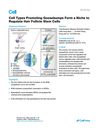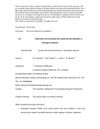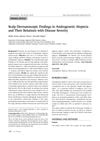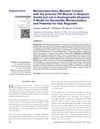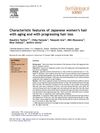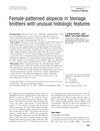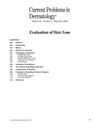Divergent Progression Pathways in Male Androgenetic Alopecia and Female Pattern Hair Loss: Trichoscopic Perspectives
January 2024
in “
Journal of Cosmetic Dermatology
”
male androgenetic alopecia female pattern hair loss miniaturized hair follicles vellus hairs vertex temples central diffuse hair loss frontal diffuse hair loss parietal diffuse hair loss trichoscopic factors maximum hair diameters triple-hairs per follicular unit rate MAGA FPHL central hair loss frontal hair loss parietal hair loss trichoscopy Max D 3FU%
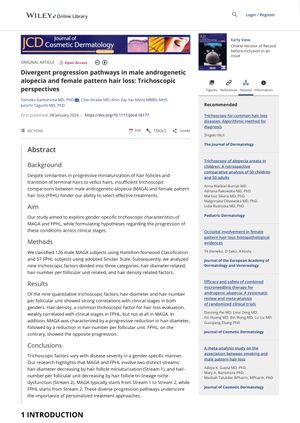
TLDR Men's and women's pattern hair loss progress differently, with men showing more hair thinning and women having more widespread hair loss.
The study "Divergent progression pathways in male androgenetic alopecia and female pattern hair loss: Trichoscopic perspectives" involved 126 male and 57 female Japanese subjects. It found that male androgenetic alopecia (MAGA) and female pattern hair loss (FPHL) progress differently. MAGA typically shows more miniaturized hair follicles and vellus hairs, affecting the vertex and temples of the scalp. FPHL, on the other hand, often results in central, frontal, and parietal diffuse hair loss. The study used nine quantitative trichoscopic factors (9QTF) to assess hair loss progression. It found that maximum hair diameters (Max D) had a stronger correlation with clinical stages in MAGA, while triple-hairs per follicular unit rate (3FU%) showed a stronger correlation with the clinical stages in FPHL. The study suggests that MAGA primarily progresses from hair-diameter decline to hair-number per follicular unit decline, while FPHL progresses conversely. The exact causes of MAGA and FPHL remain unclear, and further research is needed.



